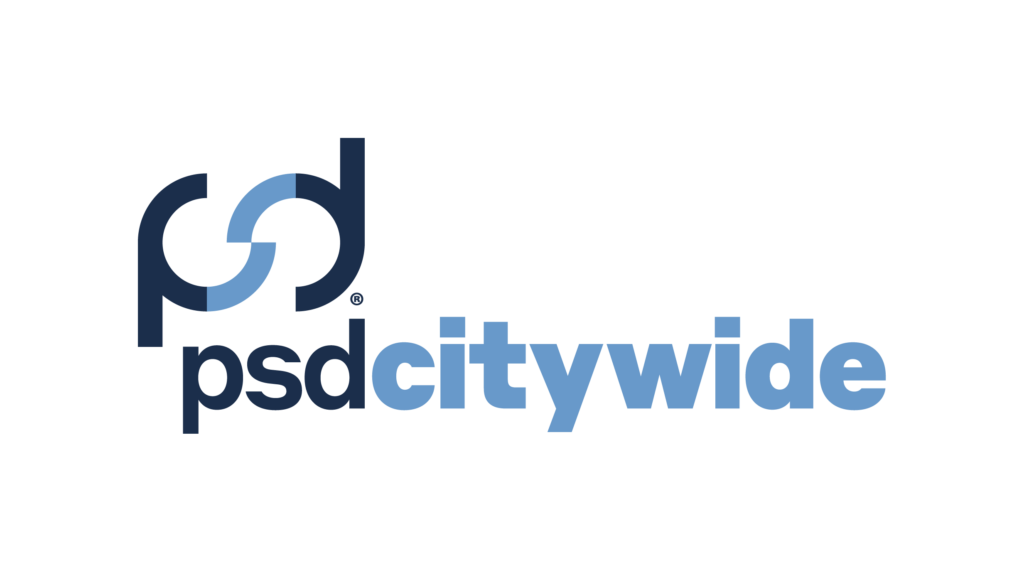When trying to communicate the need for software adoption, staff, stakeholders, and council members must fully comprehend the core challenges impeding a municipality’s productivity. By pinpointing exactly how a new software tool will improve staff workflows while remaining practical and addressing limitations, you will have a solid case for why your community would benefit from upgrading its permitting practices. In this article, we have illustrated a simple two-step process that can help you to confidently navigate these internal discussions.
Step 1: Determining Your ePermitting Drivers
A municipality must know which pressure points are of the highest priority to resolve and identify the changing factors that are most impactful to its daily functions. It is not persuasive enough to present ePermitting as a viable solution for your municipality simply because it is becoming the norm. Similarly, it would be too easy to provide a brochure with a list of all the core benefits that a permitting solution can offer. Our years of experience working with municipalities across North America have shown us that every community has its own distinctive permitting process. As such, narrowing down the benefits of an ePermitting solution to fit the unique needs of your municipality will be much more effective in earning council approval than simply presenting ePermitting as a catch-all solution.
Discussed further in our free eBook, some of the common motivators and driving factors for adopting an ePermitting solution may include:
- Exponential growth of permit applications due to housing market fluctuations
- A backlog of permit applications
- An aging workforce nearing retirement
- Difficulty recruiting local staff members in a given region
- Emergence of remote working conditions
- New legislation or reporting requirements
Step 2: Building Your Internal Case
Whether it be a combination of a few or just one, municipalities must hone in on their unique drivers and pressure points to successfully articulate the significance of an ePermitting solution to senior officials. After core drivers are identified, the next step is to establish internal arguments and supporting statistics that will justify the financial investment.
For instance, staff working for a rural municipality experiencing exponential growth and a rapid influx of permit applications should reference persuasive data points to explain why a growing population will continue to impede strong service delivery. In some cases, rapid growth may be the result of baby boomers moving out of the workforce and into quieter, rural communities, as evidence suggests that close to one in four Canadians will be retired seniors by 2030. Similarly, the number of remote workers is expected to nearly double, with an estimated 36.2 million Americans working from home by 2025, providing the opportunity to move away from expensive urban settings. These are just two examples that might be causing a population surge in a more rural locale that may have not had a need for technology to manage its previous service demands.
Consequently, it will be crucial for many municipalities to transfer previous responsibilities and knowledge into an adaptable and efficient system, ensuring a smoother transition for the next generation’s workforce. Adopting an ePermitting solution can ease pressures during this transitional period by simplifying application submission processes and allowing municipal staff to review applications remotely. Additionally, permitting mobile apps provide extra flexibility by eliminating paper-based inspection notes, instead relying on digital mobile uploads when staff are out in the field.
Final Takeaways
Many other drivers can impact municipalities and their staff’s ability to maintain efficient permitting processes while keeping up with demands for fast turnaround times. Once a community can confidently identify its pressure points, it becomes much more feasible to get staff members and key stakeholders to vote in favor of adopting an ePermitting solution. Our self-assessment tool found on Page 13 of The Rise of ePermitting eBook is designed to assist municipalities with pinpointing their main ePermitting drivers and offers valuable advice for building a strong case before engaging with internal decision makers.
Lastly, communities struggling to advance their processes beyond traditional spreadsheets or pen-and-paper systems are encouraged to read about how Bowen Island Municipality’s switch to Citywide Permitting has saved them significant time and resources by streamlining their permitting process and autocompleting responsibilities that municipal staff were previously tasked with.



